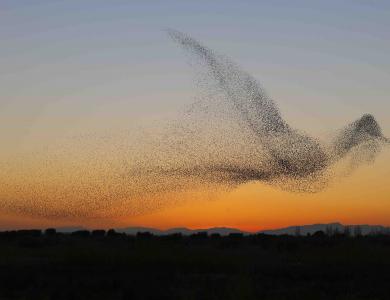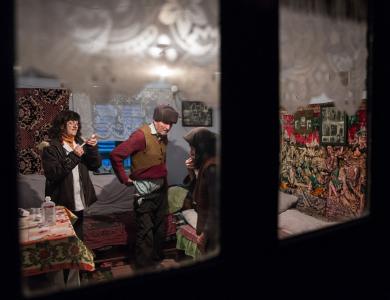
Paul Hamilton is a self-taught fine art photographer, with work published worldwide. His work covers architecture, coastal, landscape, and abstract genres, and he has a Distinction from the Royal Photographic Society as well as being a brand Ambassador for Formatt Hitech Filters. His series "Seawall" was shortlisted in the Still Life category of the 2018 Sony World Photography Awards.
A former graphic/web designer and certified printer, he turned into a professional photographer. “For me, I have always felt that there is something magically mysterious about where land meets the sea, and that I seem to be drawn to Islands both in the UK and Asia. No surprise really, as I am a Cancerian (Crab) by date of birth!,” he says.
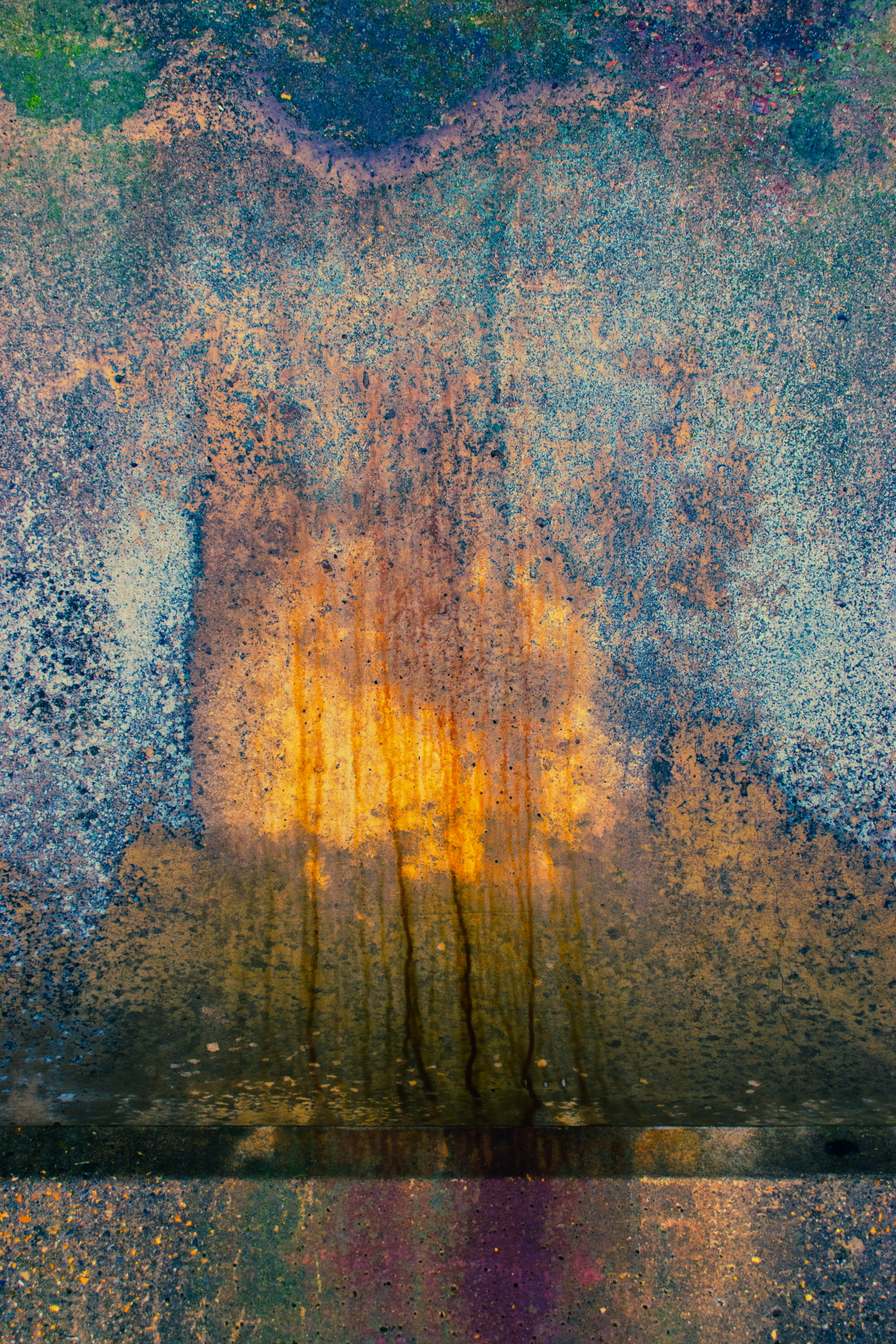
Firstly, tell us a little about you and your background in photography
I was born and raised in South East London, England and had hoped to aspire in technical drawing for architects whilst studying graphic and web design as a young man. Being exposed to magazines in this field, I quite accidentally fell in love with the photographic content of the printed matter for the end product of the design. I soon shifted my attention more specifically to photography, through reading many magazines and books.I use to cover up the technical details of how the photographic image had been made and instead I taught myself how I thought it had been produced - for example, which lens, angle of view, exposure,aperture and shutter speed had been used -, all of which, to my surprise, I figured out with great accuracy. With this I decided to go out into the field and put my new-found knowledge into practice. Ever since the age of fourteen, when my parents bought me my first camera (a fully manual film SLR to use for holidays at home and abroad after expressing an interest in all things photographic) - to quote Sebastião Salgado "I looked through a lens and ended up abandoning everything else". Despite gaining a Licentiateship Distinction of the Royal Photographic Society at an early age, I did not pursue a career in photography until much later in life, even though the burning passion for photography was always there and is my first love.I embarked on a career in artistic graphic/web design, and later becoming a Certified printer for many years, purely because printing paid well and photography didn't. This coincided with a move out of the City to the Kent Coast and Countryside, for the love of this type of environment and also for the sense of space, with a chance to have more time for my passion for photography. Now I'm very happy to have left working for others behind me, and feel privileged to become a full time Professional photographer and tutor, providing workshops and tours in Coastal, Landscape and Abstract photography on the North East Kent Coast in England, UK and also on the paradise Island of Palawan in the Philippines. I feel extremely lucky to reside in both beautiful environments and practice my self-taught knowledge whilst passing this onto others, who maybe have the same aspiring ambitions as me or have a love for our environment. From South East London to South East Asia is all beyond my wildest dreams, mostly thanks to my wife of twelve years, whom was born in the Philippines.
Why photography? What does the medium mean to you?
I have always had a burning desire for photography and it quite hard to explain, but I'll try. I think it originated from growing up in London and experiencing a diverse environment,being surrounded by aesthetically pleasing man-made objects, such as the design of buildings and also having a love for our environment too. I loved nature and always wanted to escape to the seaside whenever possible, for different surroundings (we always seem to want what we haven't got). When teaching myself the workings of a fully manual camera and understanding natural light situations, I began to develop an obsession and would become moody when I was not able to use my camera due to other commitments - which is still true to this day. The photographic medium means everything to me, even from the days of starting out with exposing film and developing it myself in makeshift darkrooms, to the spine tingling moment when you see your first black and white print appear from the print trays filled of chemicals - even the smell stays with me from making my first print in this medium. It is also true to say though, the thrill I get with today's instant results through Digital SLR cameras brings a whole new ball game to photography, and is one that I embrace.. The medium of photography is my way of expressing my artistic ideas, thoughts and feelings at that moment of capture. From my very first experience of just seeing a photograph, to making one, I am hooked for the whole process - and this continues to repeat over and over - I know it is something I will never tire of. Photography means everything to me and has become a lifestyle.
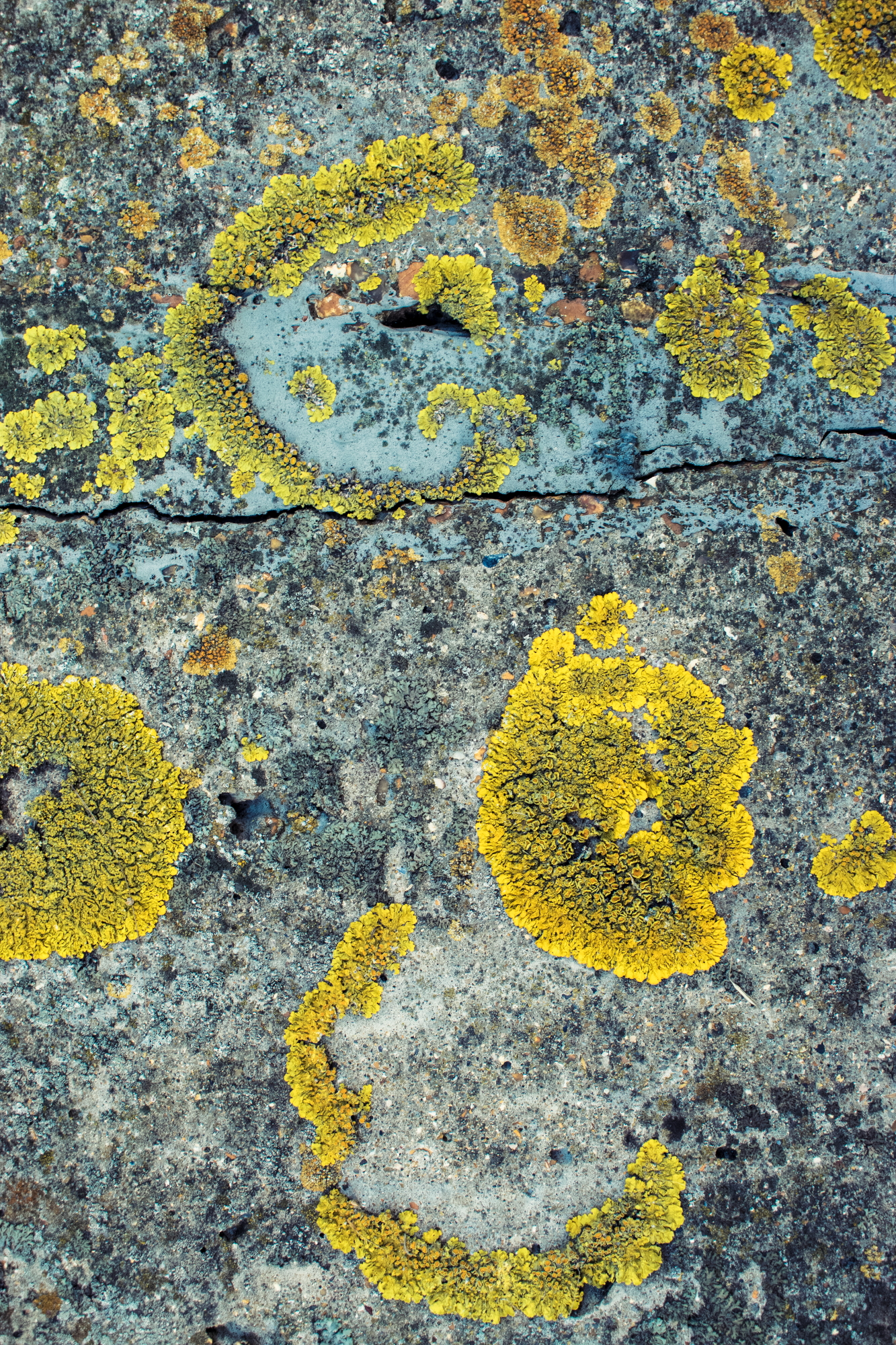
Congratulations on the shortlist in 2018! Tell us more about the successful series, Seawall
Thank you to the Judges for this amazing and very humbling experience. "Seawall" is an ongoing project which started in the early part of 2017 whilst I was walking to photograph my local seafront.I do this at least a few days a week for the ever changing light, and mostly to capture the scenic view of the coastline. One day I began to look more at the Seawall behind me when walking between shots. I saw a whole new miniature landscape embedded in the wall that protects and divides the inland coastal road from the seafront, and which stretches for several miles from Shellness through Minster to Sheerness on the Isle of Sheppey, where I live. The wall itself has many different sections and is high in places and low in other parts, all of which is obviously weathered by the elements, creating naturally etched patterns, stains and shapes that appeared to be mirroring the surrounding environment. To truly emphasise the wonderful natural elements, I knew I had to pick out sections of the Seawall and began to scour the wall for several miles, looking closely at each section as many cyclists, joggers, walkers and dog walkers went past me, wondering what I was looking at, that they had not noticed themselves. I was excited with the potential of this project.
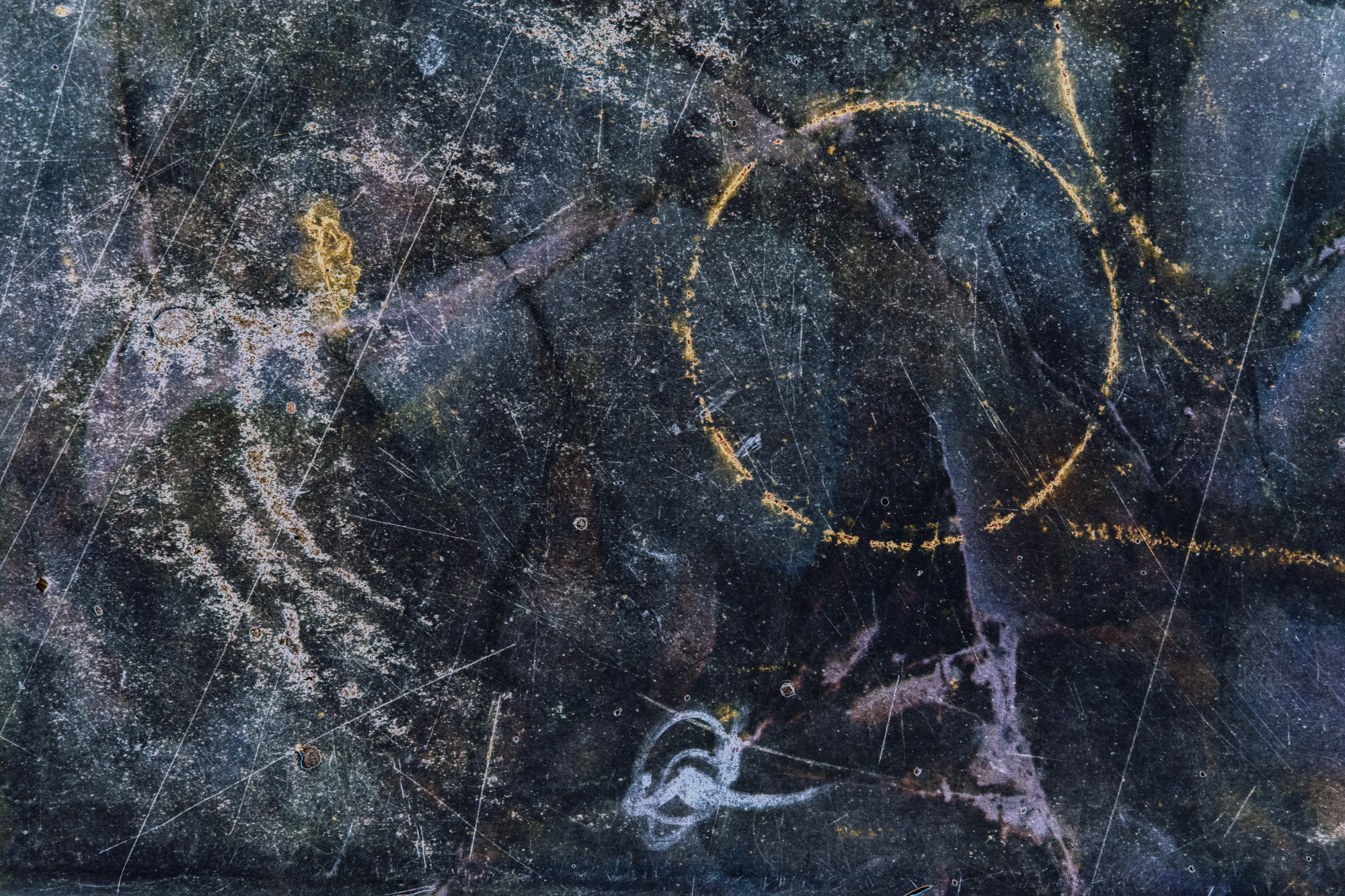
Explain the process behind these images
Over a period of around three months, I visited the seawall at least once a week, mostly during the morning, but with some afternoon sessions too. I couldn't believe that I was seeing elements of waves, aerial views of coves, and a whole universe naturally etched as miniature landscapes within the surrounding, much larger coastal landscape. I felt the need to interpret these embedded formations artistically rather than generically, to make the whole project look and feel as though it was other-worldly, and to do it justice to the nature that had created it. I made certain that the detail had to be retained to show that after all, the subjects are parts of a wall, and you can see the concrete bumps and bobbles in some of the images, which I feel enhances the realism and shows what it is, despite looking like elements from out of this world. All of the photographs from this series have been produced and captured by a handheld camera with varying ISO speeds, close up to the subjects. This is because using a tripod in the beginning proved too difficult to manoeuvre into place for shots from below, above and from awkward angles low down and high up. All of the detail was captured as 14 bit RAW files, and was enhanced at the editing stage. I only needed to pull out the colours and textures by adjusting contrast, shadows, highlights, white and black points that were already there at the time of capture.
Do you have a photographic philosophy?
To see a photograph from nothing is an art, and to see nothing from a photograph is a failure. Always strive to be better for yourself first and foremost, always let the viewer interpret your image as you intended it to be interpreted.

